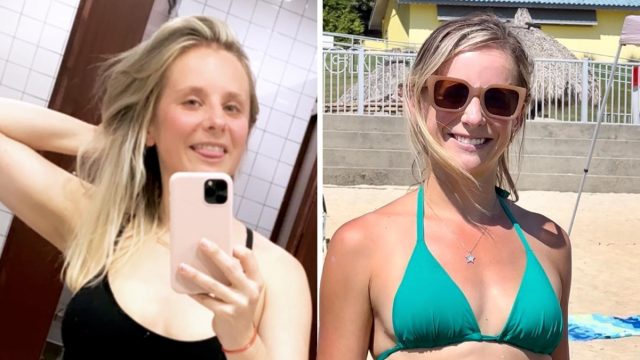8 Things I Did to Lose 25 Pounds in 6 Months
Do you want to lose 25 pounds in just six months? It might be as simple as changing a few of your habits. Megan Hansen, RDN, is a metabolism and weight loss expert with over 149,000 followers on Instagram. In her posts, she offers sustainable and healthy advice, "helping women whip their metabolisms into shape and feel powerful in their bodies." In a recent post, she taps into the wealth of knowledge she inherited during her own weight loss journey. Body Network's Resident RDN, The Diet Diva Tara Collingwood, also weighs in. Read on to discover eight habits that helped Hansen lose 25 pounds in six months.
Stop Counting Calories
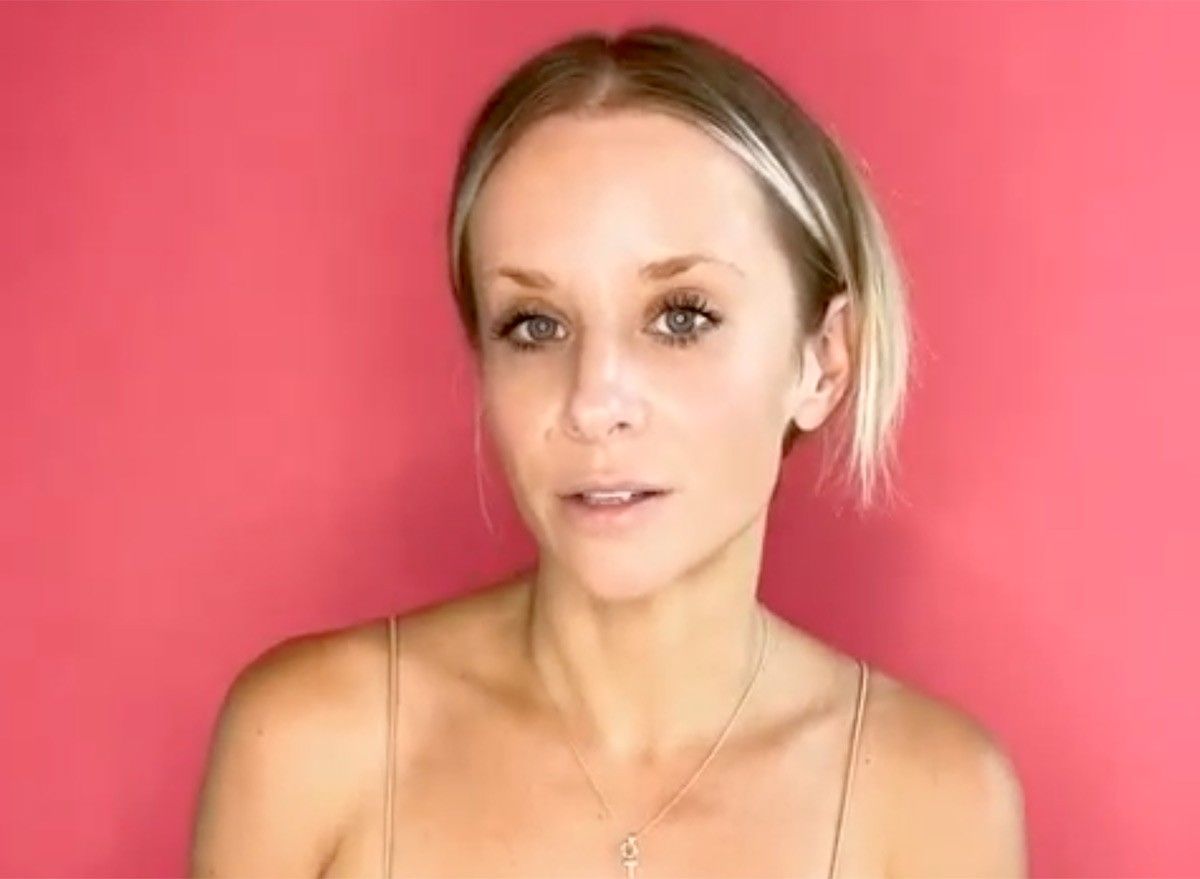
Megan suggests not obsessing over numbers. "I stopped tracking calories/macros cold turkey," she writes.
RELATED: I Lost 120 Pounds By Eating These Delicious High Protein Meals
Focus More on Blood Sugar
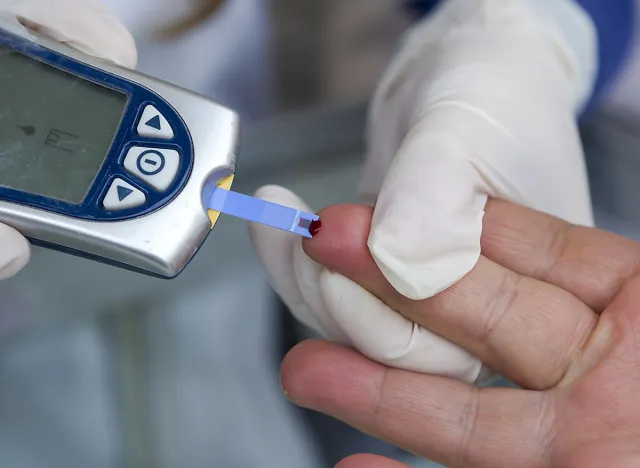
According to Megan, keeping her blood sugar stabilized is more important. "I started focusing on blood sugar balance over obsessing over numbers," she says.
Pay Attention to Hunger Cues
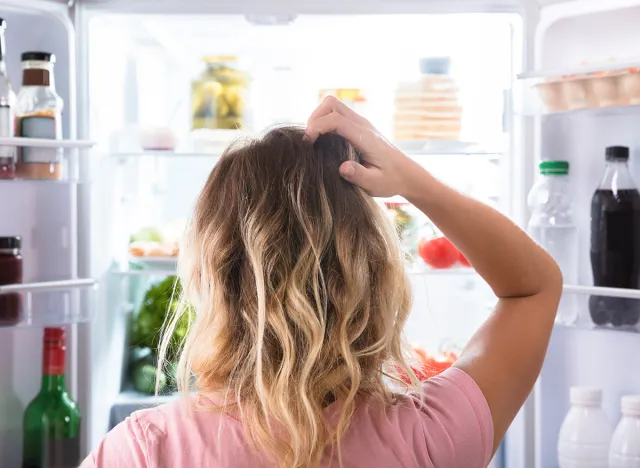
"I started tuning into my hunger/satiety cues and honoring them," Megan continues. "If I was hungry, I ate. If I wasn't, I didn't. This eliminated my all or nothing thinking w food."
Don't Overdo Cardio
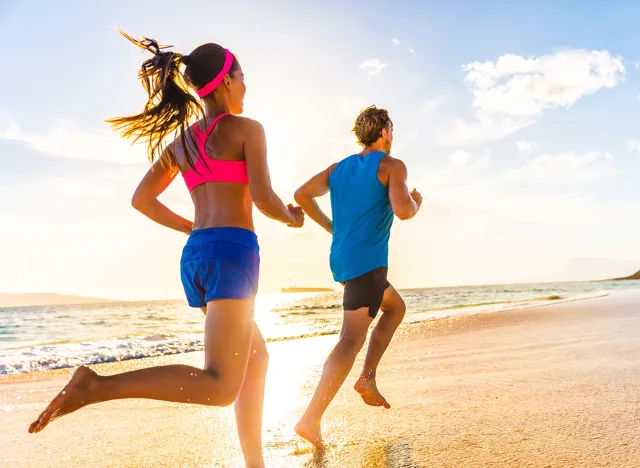
Megan reveals that prior to losing weight, she was doing a lot of cardio. "I stopped running 6 miles a day 6 days a week and now run only twice a week," she says in the post.
Start Lifting Weights
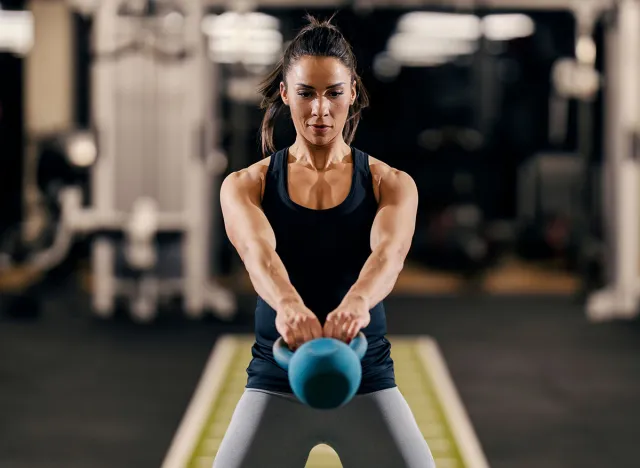
Instead, she incorporated more strength training into her routine. "I started lifting weights 3 days a week," she says.
Eat More Protein
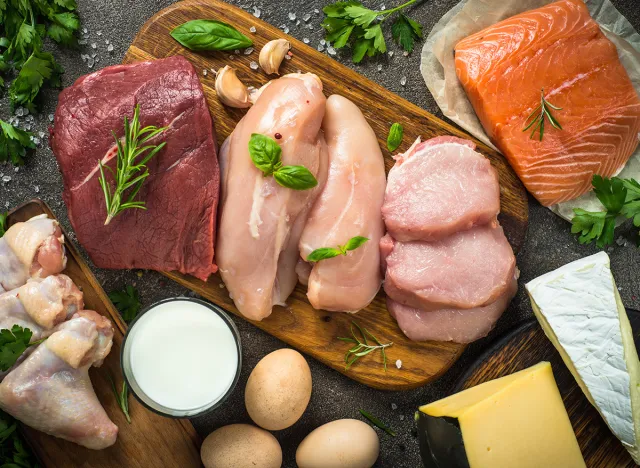
Megan also made some major changes to her diet. "I prioritized protein at every meal," she reveals.
RELATED: 14 Snacks Under 100 Calories That Fill You Up and Slim You Down
Also, Ditch Your "No Carbs" Attitude
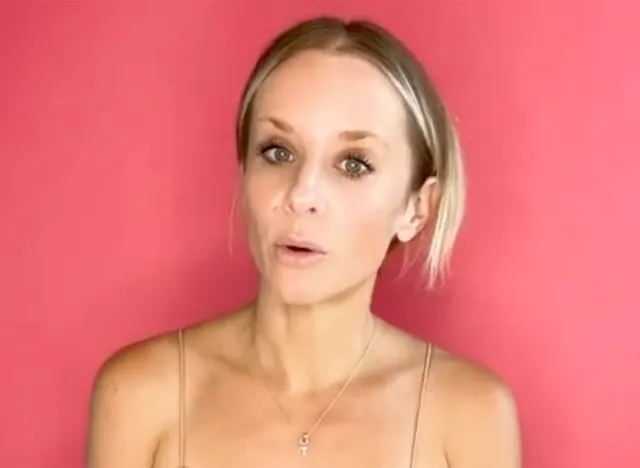
She also changed her "no carbs" attitude. "I ate 1 or 2 servings of whole food carbs daily. No more low carb days or low carb weeks. (I do 2-3 servings now)" she says.
Love Yourself
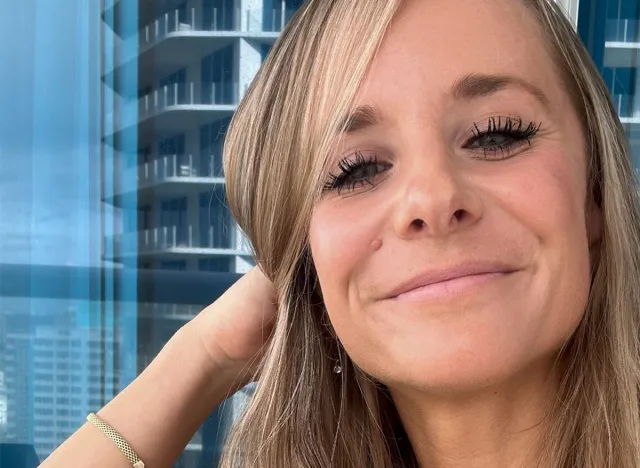
And, last but not least, "I changed my identity from a person who struggled with their relationship with food and their body to someone who was proud and confident in their body," says Megan.
Body Network's Expert Gives Her Stamp of Approval
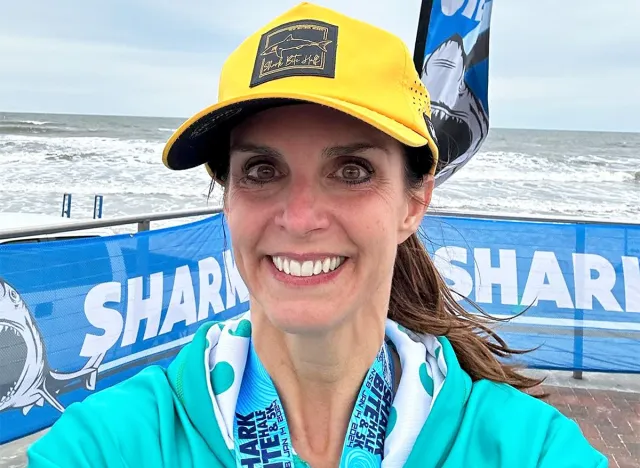
Body Network's Resident RDN, Tara Collingwood, MS, RDN, CSSD, LD/N, ACSM-CPT, a Board Certified Sports Dietitian and co-author of the Flat Belly Cookbook for Dummies, also weighs in. is on board with all of Megan's recommendations. "Some people do obsess too much with numbers and tend to get unbalanced and obsessed, which creates more stress and less weight loss or an unsustainable lifestyle that breaks down with binges," she says. "I love the balance of cardio and weight training, focusing on protein but including high-quality carbs every day. And the attitude toward life of acceptance and love for your body instead of withdrawing food and overexercise."
RELATED: Shed 25 Pounds with These 10 Gentle Workouts
The Biggest Mistake? Deprivation, Says Expert
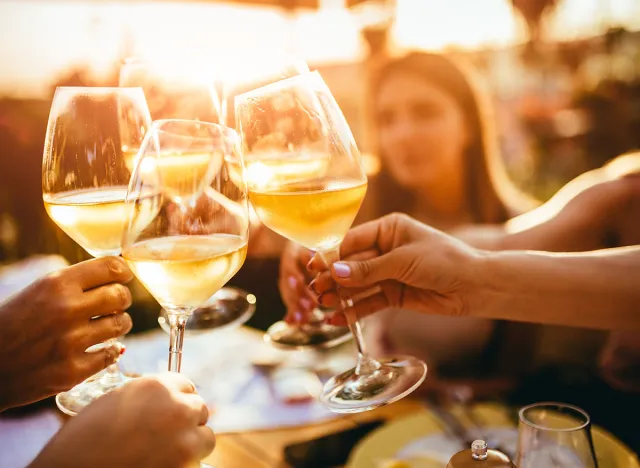
The biggest mistake Collingwood commonly sees "is the all-or-nothing attitude," she reveals. "They cut out everything enjoyable, whether that is carbs or fat or alcohol or caffeine or whatever it is, and think they can never have it again. This leads to a deprivation attitude and eventually breaking the diet and giving up completely and gaining it all back."
💪🔥Body Booster: If you are trying to lose weight, start with your overall attitude toward it. If you feel like it's been a battle, try a more gentle and loving approach.
